Unlike The Monkees, the Monkeemobile always made its own music
Starting out as an imaginary band in a make-believe television show about “four insane boys” trying to make it in the music business, The Monkees—Davy Jones, Michael Nesmith, Peter Tork, and Micky Dolenz—eventually became an authentic, chart-topping band. Their famous car, however, has been the real deal all along.
The Monkeemobile, an iconic custom car that takes a back seat only to the Batmobile among ’60s TV cars, was the creation of Dean Jeffries and is now considered a cultural icon. Getting to know the Monkeemobile first requires getting to know The Monkees.
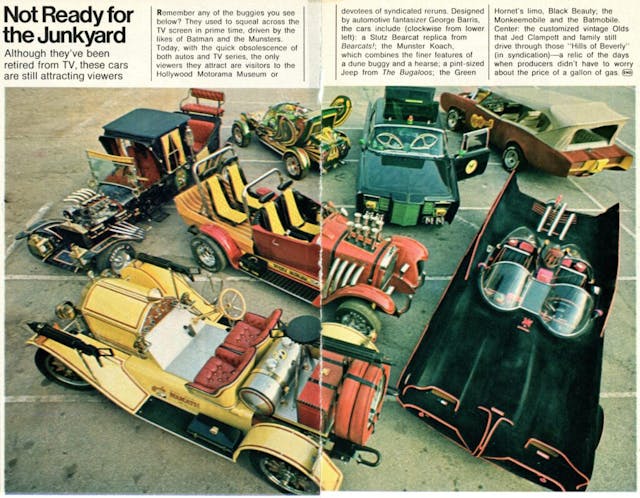
Contrary to popular belief, Jones, Nesmith, Tork, and Dolenz weren’t actors who became musicians; they all had musical backgrounds. Jones starred as the Artful Dodger in the Broadway musical production of Oliver!, Nesmith had been recording music in Los Angeles since the early ’60s, Tork was performing folk music in New York’s Greenwich Village, and Dolenz was a former kid actor who played guitar and sang in a couple of bands, including The Missing Links.
In other words, the four already knew the challenge of making it in the music biz.

The idea for The Monkees was first suggested by aspiring filmmaker Bob Rafelson in 1962 but never gained momentum. Rafelson and collaborator Bert Schneider revived the idea after the Beatles found movie success with A Hard Day’s Night (1964) and Help! (1965), and Screen Gems Television bought the idea in April 1965.
Jones was the first to be cast for the show, since he was already under contract with Screen Gems. Nesmith, Tork, and Dolenz were among 437 aspiring actors/musicians who answered this ad in Daily Variety and The Hollywood Reporter in September 1965:
Madness!! Auditions. Folk & Roll Musicians-Singers for acting roles in new TV series. Running parts for 4 insane boys, age 17–21. Want spirited Ben Frank’s* types. Have courage to work. Must come down for interview.
*A popular late-night hangout in West Hollywood.
Nesmith was the only one of the future Monkees who actually saw the ad; Tork learned of the cattle call through his friend Stephen Sills, while Dolenz heard about it from his agent. Although Jones was a good drummer, he was only 5 foot 3, and the show’s producers thought he’d look even more diminutive sitting behind the drums, so they made him the frontman.
Nesmith and Tork could both play guitar and bass, and since neither was interested in playing the drums, Dolenz was tasked with learning to play from scratch.
Regardless of The Monkees’ musical talents, Don Kirshner, Screen Gems’ head of music, originally had the four fake their parts and used studio musicians for the show while bringing Jones and Dolenz into the studio to record vocals. Jones had a strong voice and sang ballads like “Daydream Believer,” while Dolenz handled the rest. Nesmith often said Dolenz’s voice defined The Monkees’ sound more than Jones’ did.
The first episode of The Monkees aired on NBC on September 12, 1966. It was an immediate hit, ran two full seasons, and won two Emmy Awards, but before long The Monkees’ music was more popular than the show itself.
After Screen Gems Television released the group’s first album without indicating that the instruments heard on the record were played by studio musicians, Nesmith and Tork were embarrassed and infuriated, and The Monkees successfully fought for control of their own music.

“Everyone was accomplished,” Nesmith once told Rolling Stone. “The notion [that] I was the only musician is one of those rumors that got started and won’t stop—but it was not true … We were also kids with our own taste in music and were happier performing songs we liked—and/or wrote—than songs that were handed to us.”
On January 16, 1967, the band held its first, full-fledged recording session. The group’s “second” album, More of the Monkees, spent 70 weeks on the Billboard charts and was No. 1 for 18 weeks. It was certified quintuple platinum, selling more than five million copies, and was the third-highest-selling album of the 1960s. The Monkees sold 75 million albums worldwide during their career.
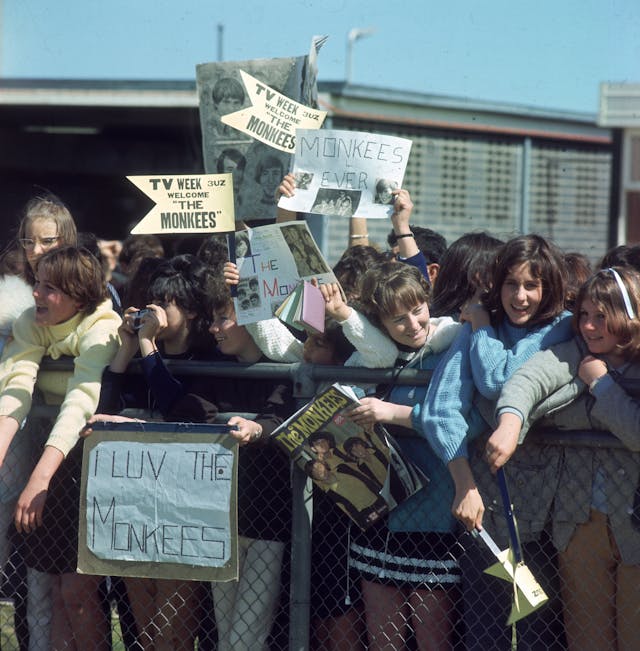
Only Dolenz is still alive. Jones died in 2012, followed by Tork in 2019 and Nesmith in 2021.
As The Monkees—both the show and the group—vaulted into television and music history, so did the amazing, instantly recognizable Monkeemobile. Who knows what the car might have looked like if designer Dean Jeffries hadn’t received permission from his employer to build it.
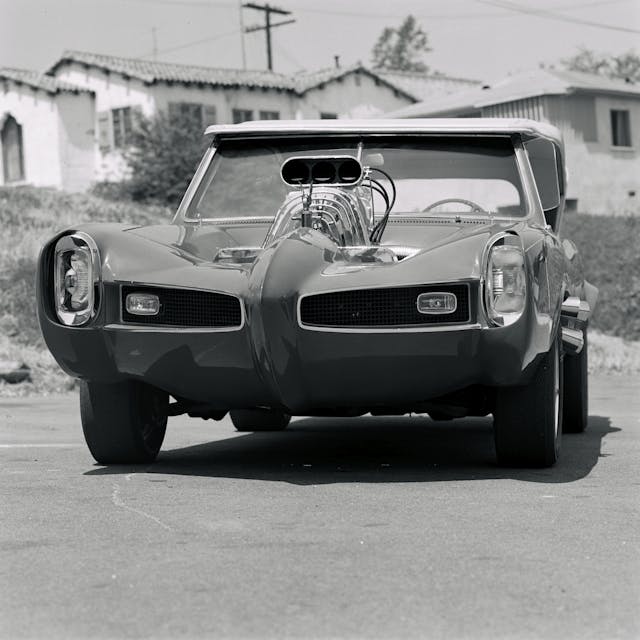
When he received the request to build the Monkeemobile, Jeffries was under contract with Model Products Corporation (MPC). He approached CEO George Toteff and shared the offer that he’d received. Toteff was immediately supportive—in fact, he turned it into a win-win.
Toteff reached out to Pontiac advertising exec Jim Wangers, who is often referred to in the classic-car community as the godfather of the GTO, arguable the world’s first muscle car. Two worked out a deal that was mutually beneficial. Wangers took advantage of the promotional opportunity and sent Jeffries two 1966 Pontiac GTO convertibles, both powered by a 389-cubic-inch, four-barrel V-8 mated to an automatic transmission.
Meanwhile, MPC was given exclusive rights to produce toy Monkeemobile model kits and went on to sell seven million of them.
The first Monkeemobile that Jeffries built for the show was completed in 10 days. The second, slightly different and used for promotional appearances, was finished in four.
Among each car’s distinct features were a split two-piece windshield, stretched nose and tail, swooped hood, flares in back, exaggerated headlamps and taillamps, touring-car convertible top, four bucket seats and a third row bench seat where the trunk was originally located, rear-mounted parachute, and GTO emblem on the front grille. In addition, side pipes protruded from just behind the front wheels, and a GMC 6-71 supercharger stuck out of the hood.
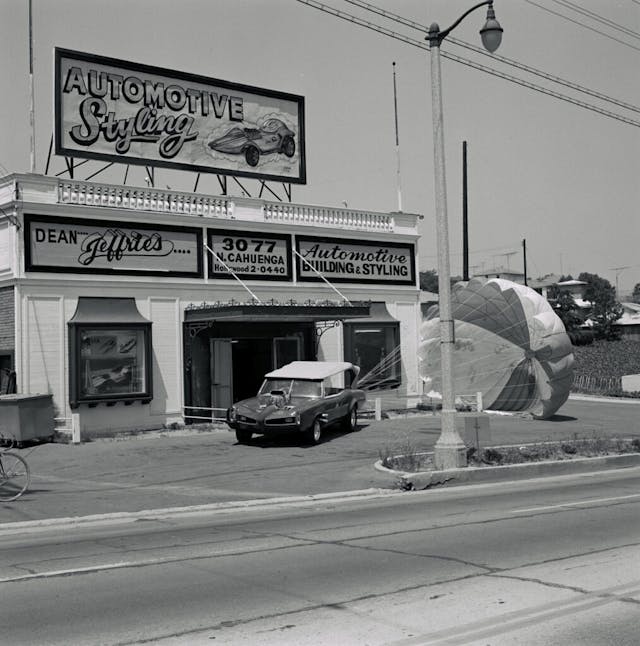
The promo version was also equipped with a solid rear axle (without springs) and was given extra weight in the rear so that it could pop a wheelie.
When the NBC show ended in March 1968, designer Jeffries was offered the opportunity to own one of the Monkeemobiles for $2000 (or less, depending on who’s telling the story), but he thought he could always build one of his own, so he passed.

Later that year, the TV Monkeemobile accompanied The Monkees on a world tour and was somehow left behind in Australia. It eventually showed up in Puerto Rico, where it was used as a hotel courtesy car, but when the hotel went out of business in 1992, the Puerto Rican government auctioned it for $5000 to a collector in New York, who restored it in time for a Monkees television special in 1997. It was later displayed at the Petersen Automotive Museum in Los Angeles. The car remains in the John Norris family—it’s owned by Norris, his three sisters, and an uncle—and now resides in New Jersey.
Another custom car icon, George Barris, the creator of the ’60s Batmobile, bought the second Monkeemobile and added a few modifications of his own, including new paint and a modern sound system. In 2008, Barris auctioned the car at Barrett-Jackson Scottsdale, and Michigan’s Mel Guthrie purchased it for $396,000. He has no regrets.
“I’m very proud of this car. I’ve loved it since I was a little kid,” Guthrie told a Hagerty film crew in 2014. “I used to watch reruns of the show after school … I just thought this was the coolest car ever … I never dreamed that I would own it.”
And few could have dreamed that—nearly six decades later—the show, the band, and the Monkeemobile would become so beloved that they still draw adulation from fans from all over the world.
***
Check out the Hagerty Media homepage so you don’t miss a single story, or better yet, bookmark it. To get our best stories delivered right to your inbox, subscribe to our newsletters.
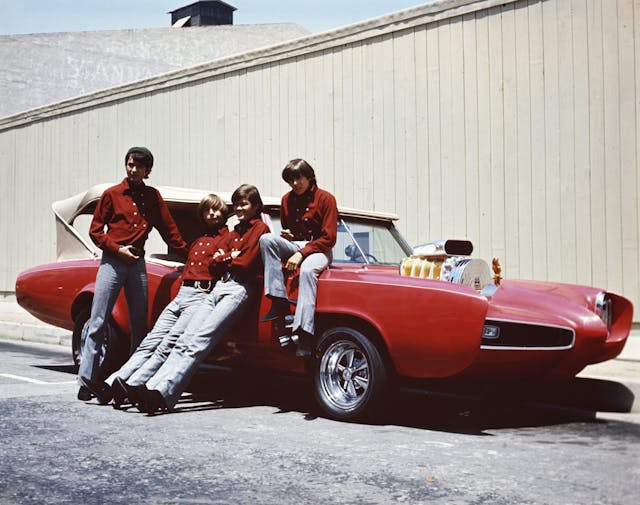
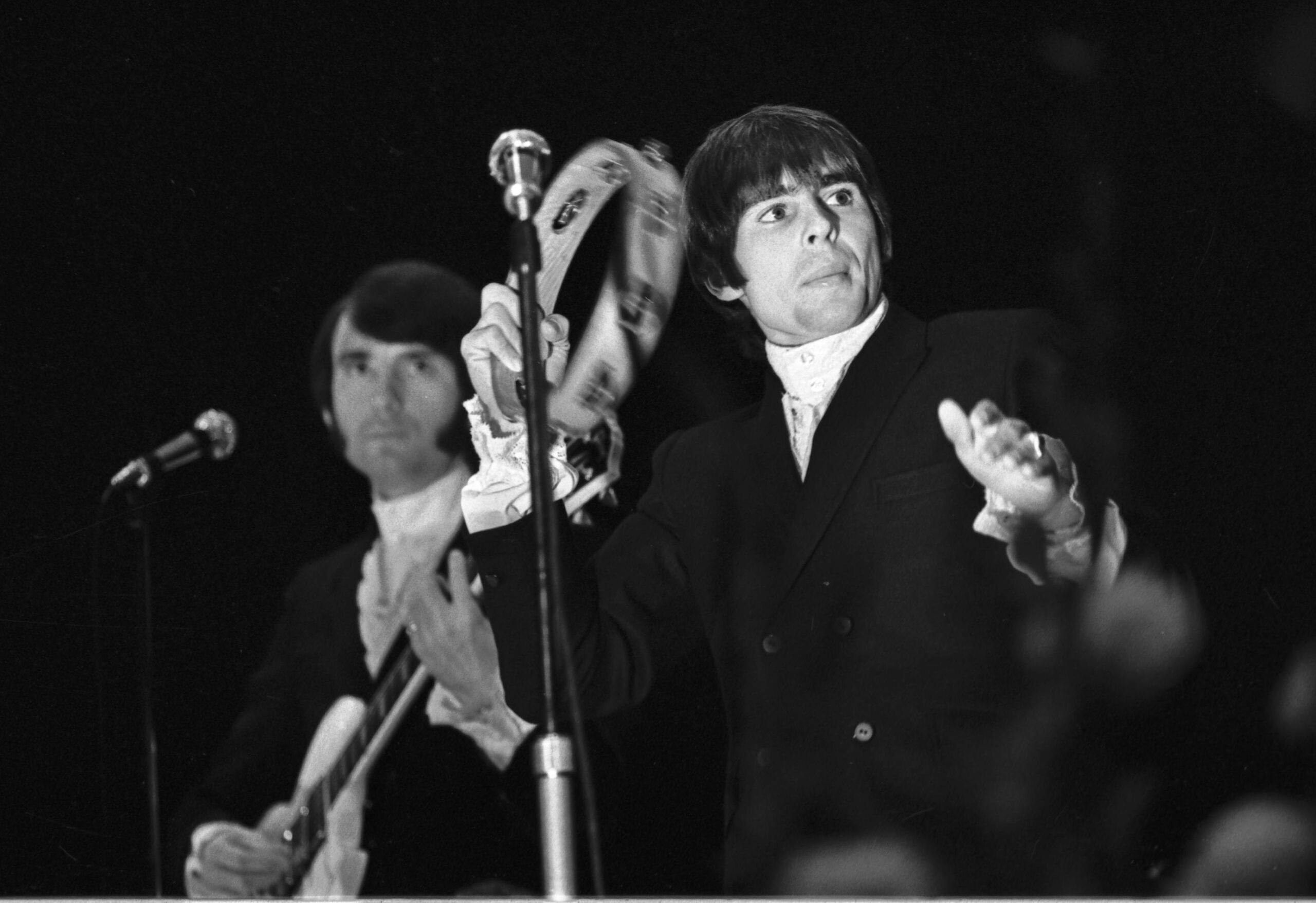
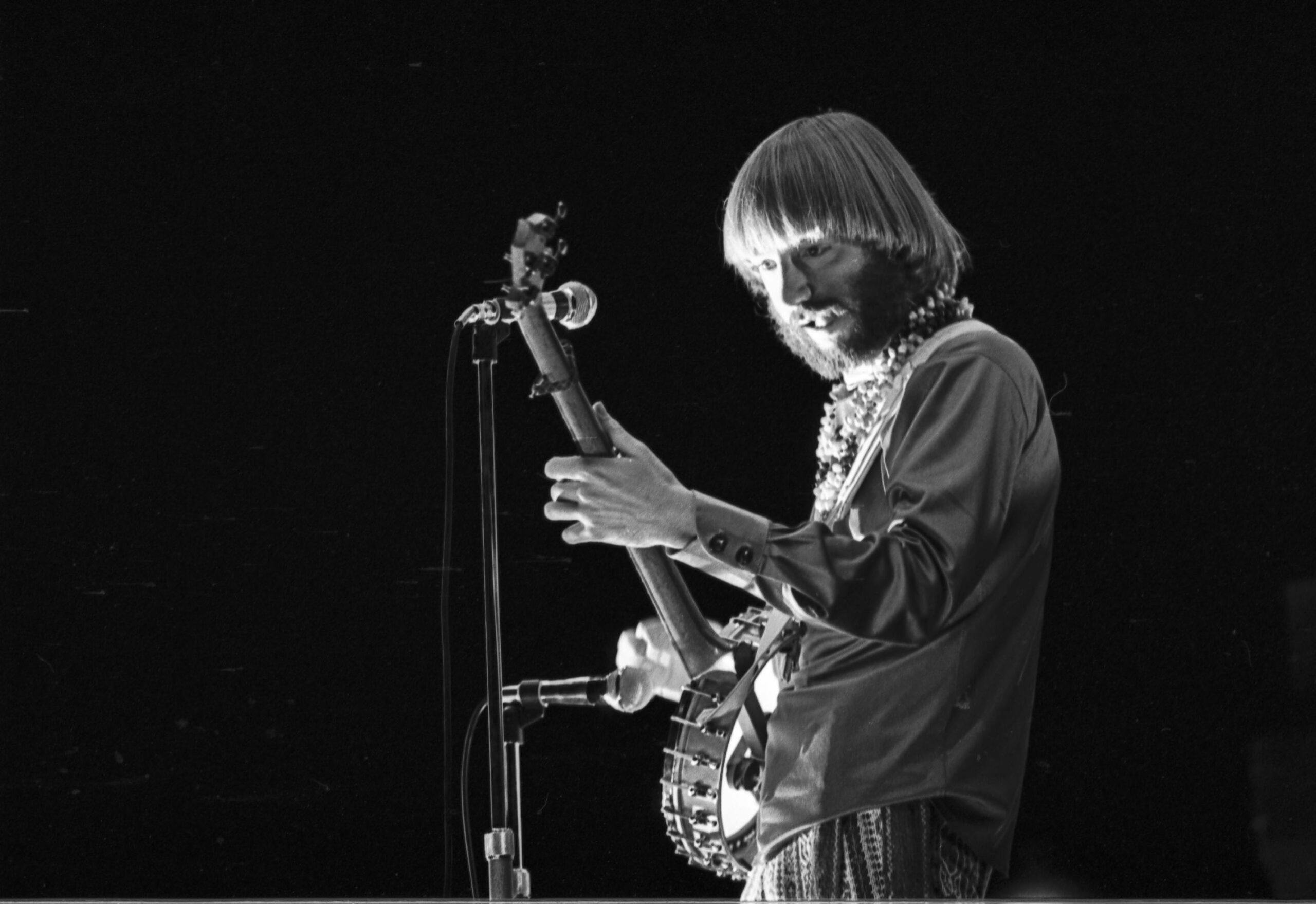


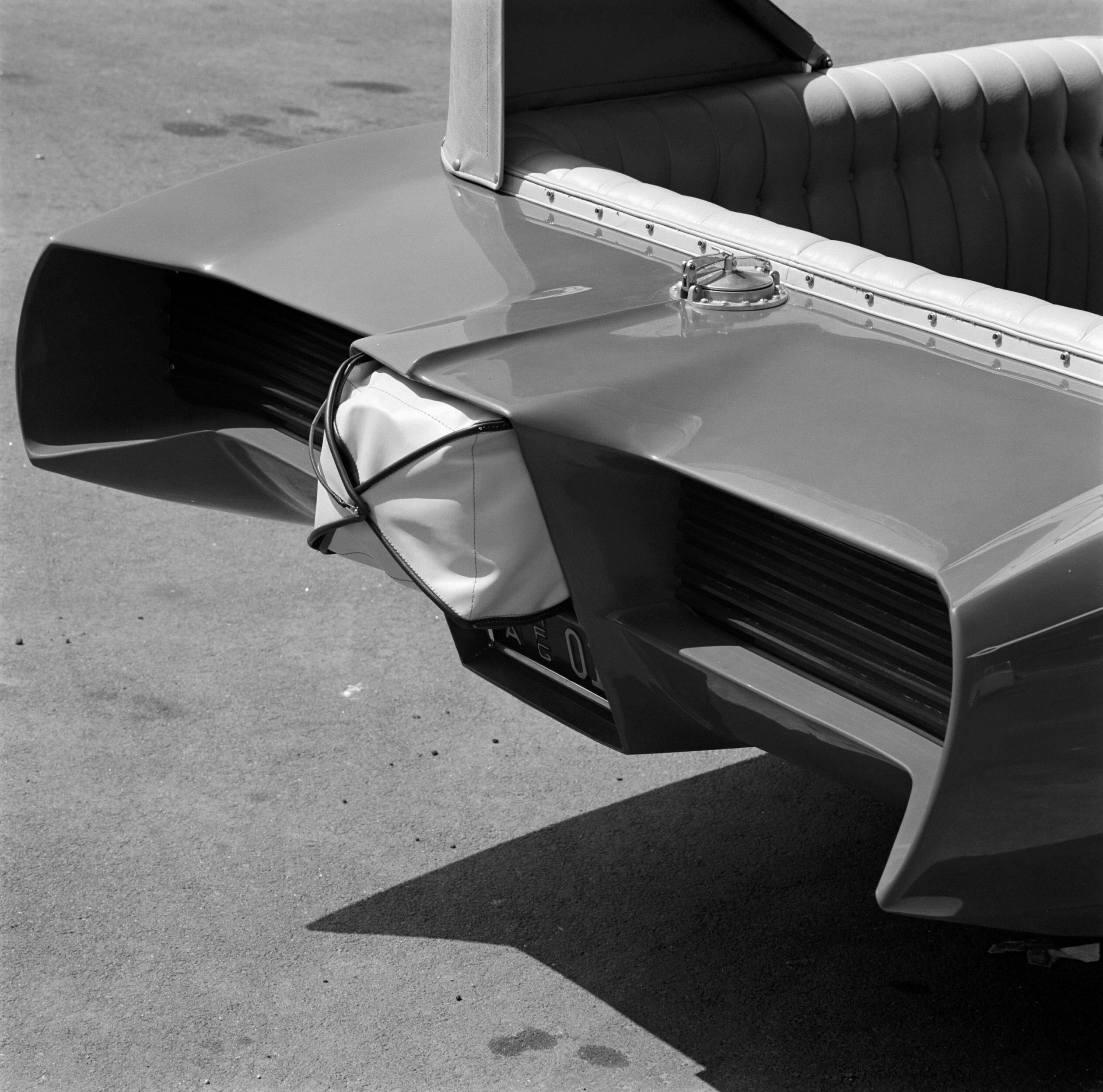
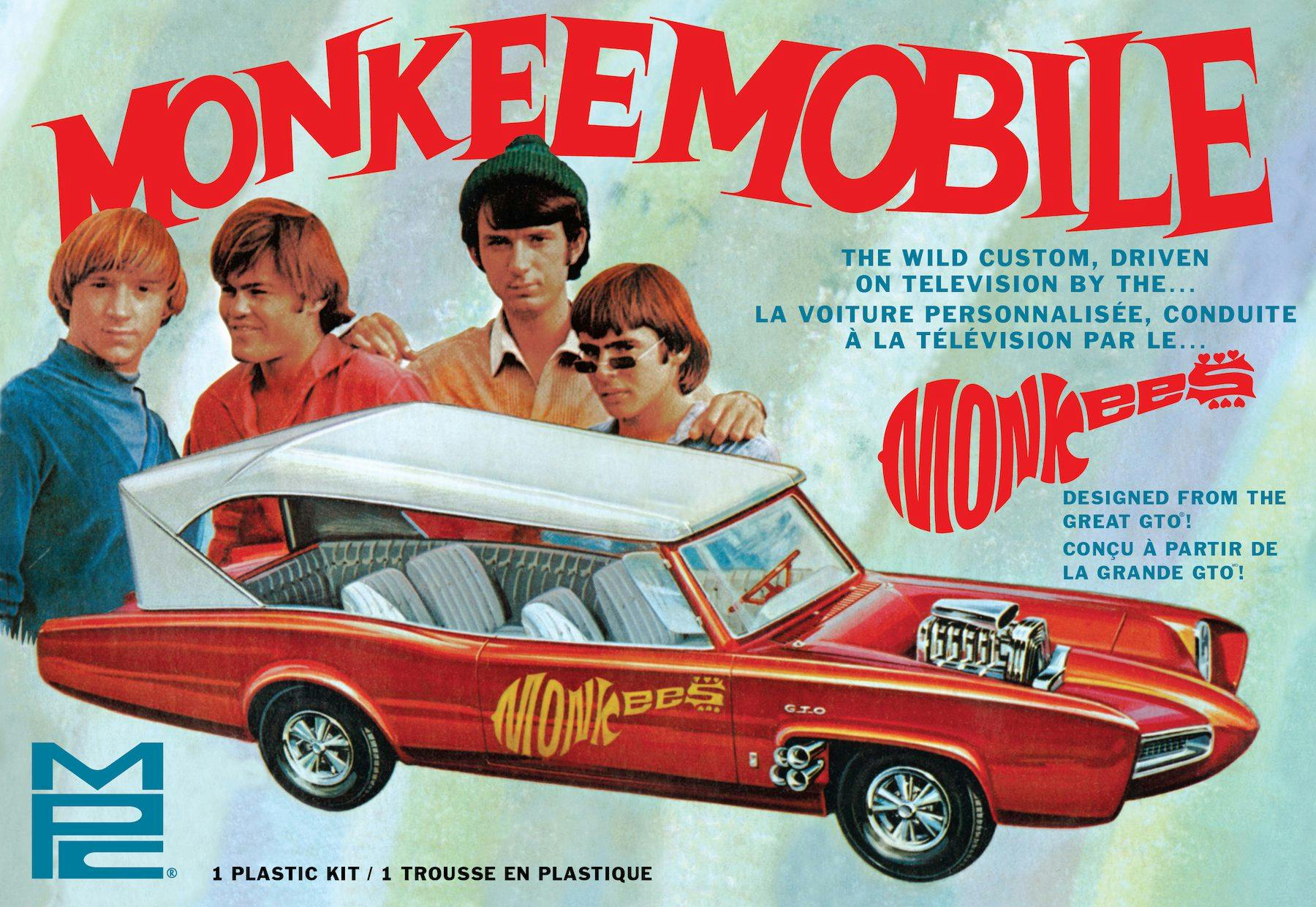
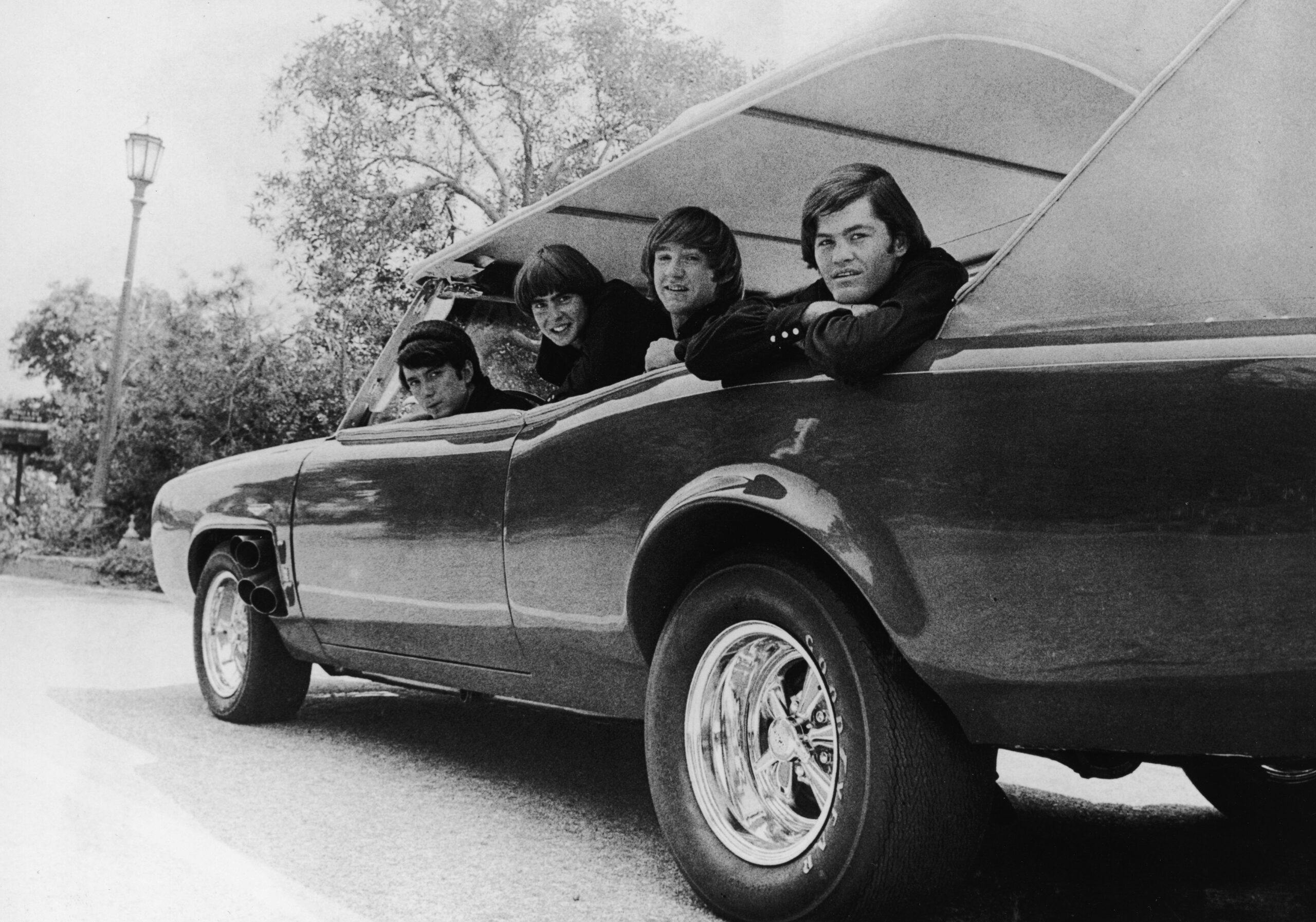
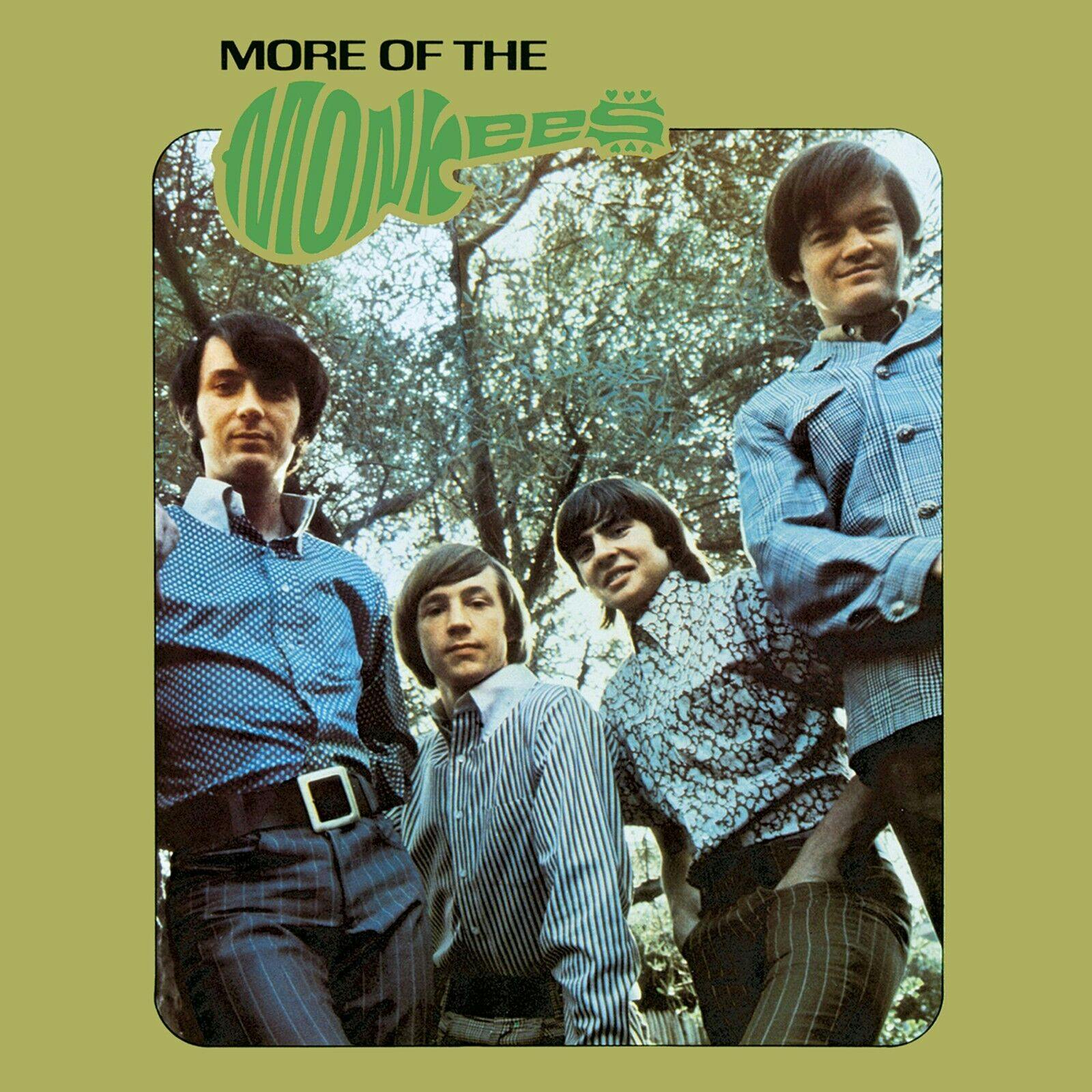
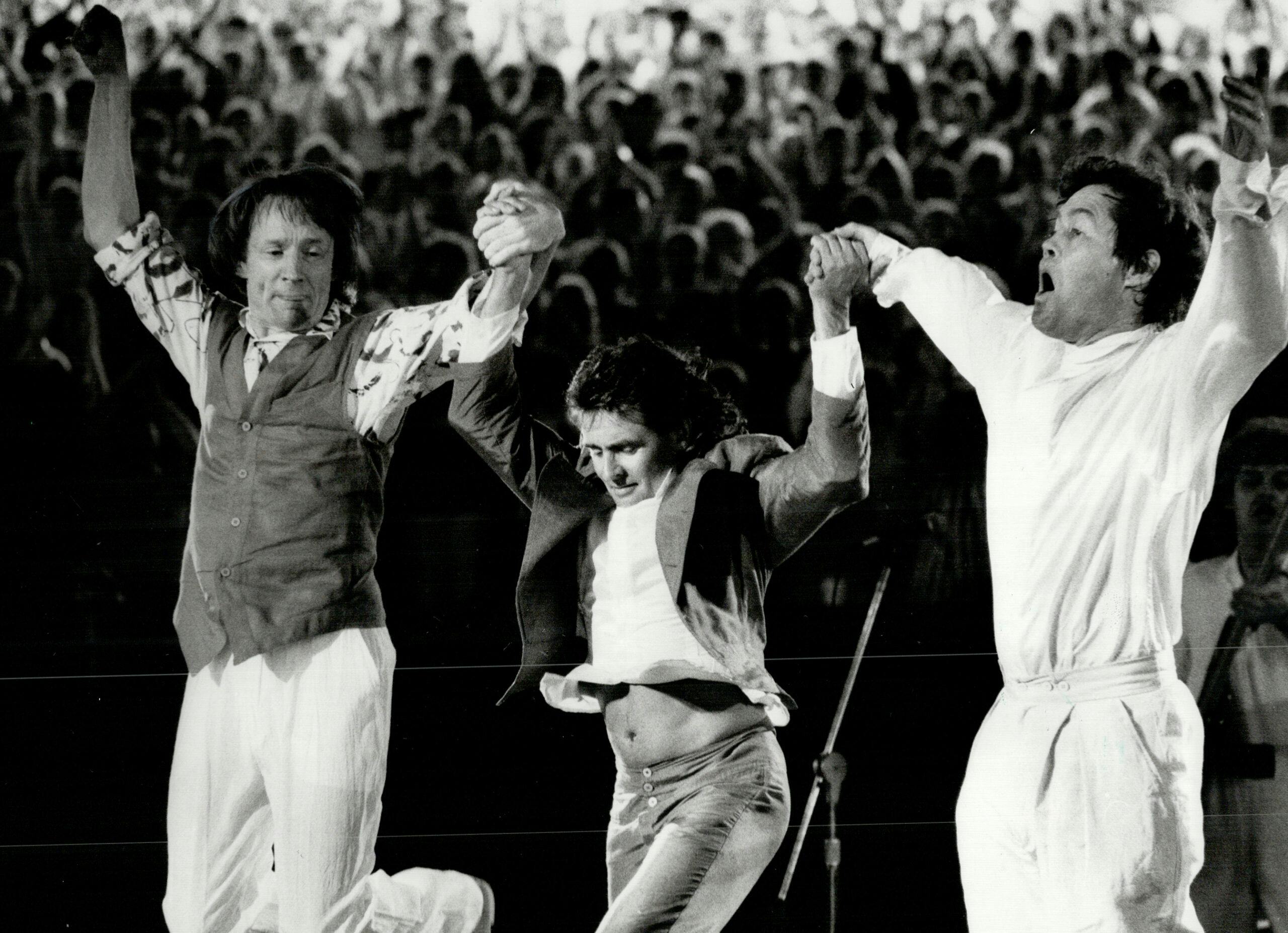
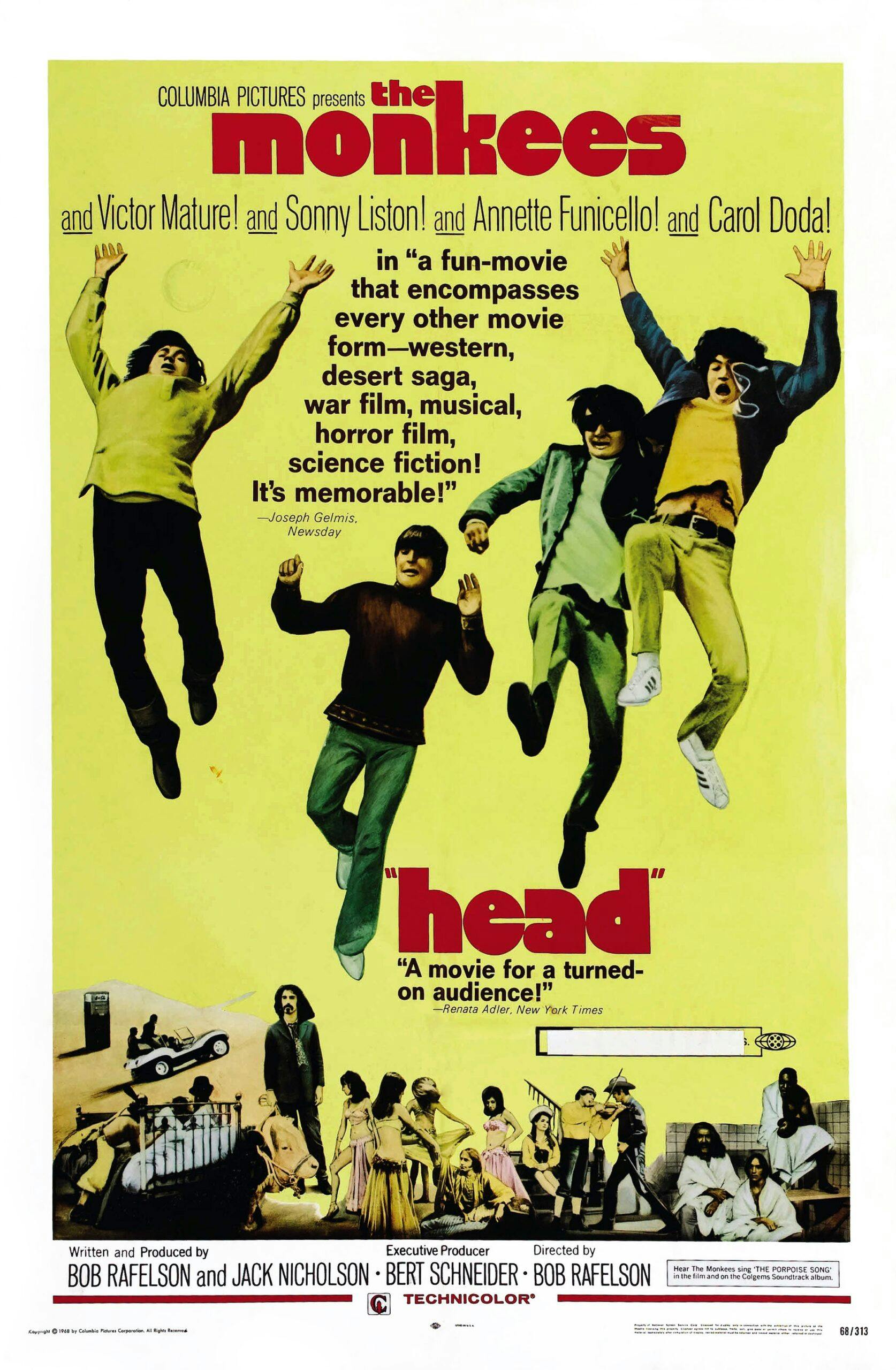
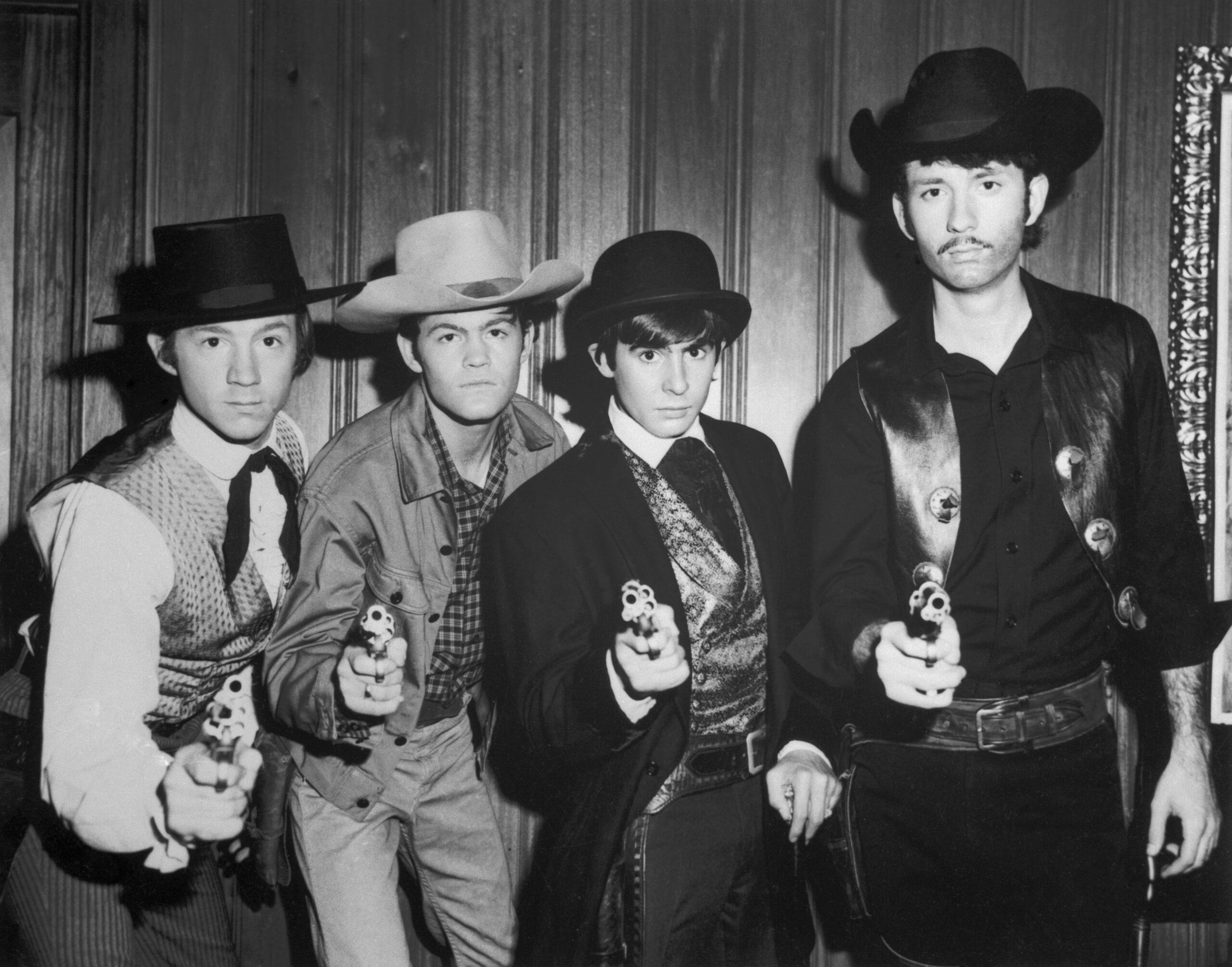
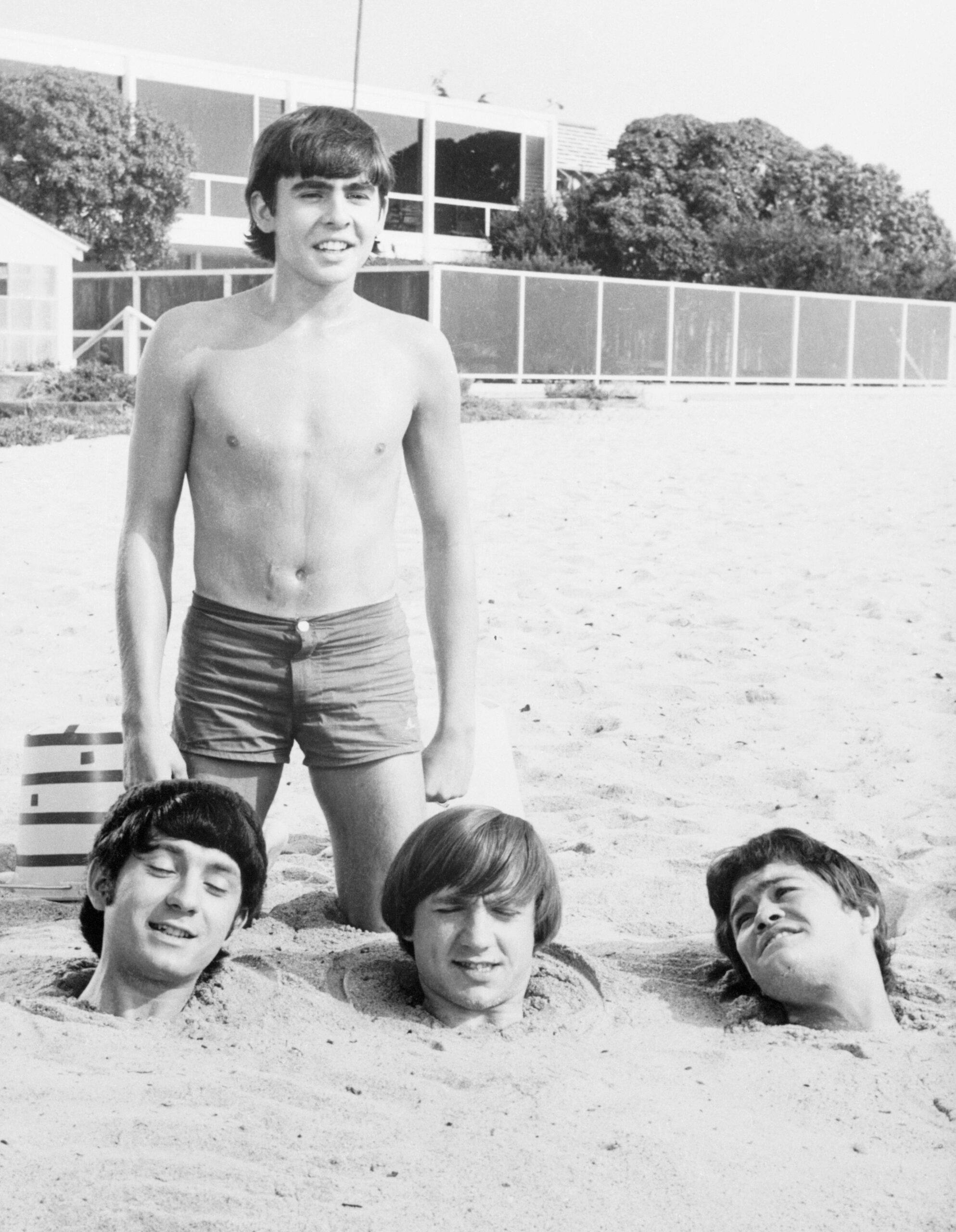


As someone who came of age in the ’60s, watcher of the TV show, and the owner of a red 1966 GTO (clone), I’ve always had mixed feeling about the Monkeemobile. I know that during that time, over-the-top customs were de rigueur, and Jefferies, Barris, Roth, Winfield and their ilk often were paid to make cars that MORE than “stood-out-in-the-crowd”, but the car always just seemed a bit “too much” for my tastes. Yet, I like the show, the band, their music, and the car came with all of that, so I kind of just accepted it. Even now, though, I look at these pictures and say, “Would I drive that? – Nope”…
It was the era of over the top show cars. Many never really drove on the street but in the case of these TV cars they did work.
Taste are different now but these cars were more for shock value than anything else. lets face it we were years from a Lambo Countach and other cars that moved design forward.
Often these cars were more art than anything else. The craftmanship and skill used to build these are becoming a lost art today in 3D printing etc.
The Mantaray is a work of art on a F1 Chassis and Cobra engine with a hand formed aluminum body.
Deans other work on stunt driving and vintage race car restoration is well known.
Many may not realize he would go to Indy nearly every year and paint most of the cars in the race. Those pinstripes in the 50’s and 60’s were Deans.
In fact I have a couple 1-18 Foyt Indy cars that were made some years back. The company making them went to Dean and asked for the colors and he not only gave the colors but he gave them some of the left over paint he actually used on the car to get the colors correct.
Not to be too picky, but 1966 GTOs didn’t come with a Hydra-matic. They used a 2 speed automatic made by Buick.
The THM 350 or 400 was a common swap, so perhaps this one has a later transmission.
The article states “automatic transmission” not Hydramatic. If it was a two speed it was GM corporate, ie Powerglide, not specific to Buick.
GM utilized two different two speed automatic transmissions, the Chevy flanged Powerglide and the Buick/Oldsmobile/Pontiac flanged Super Turbine 300. Pontiac engines were never bolted to Powerglides from the factory and can’t be without using an adapter plate.
Thanks for giving Dean the credit here as George way too often took credit for so many others work.
Dean was for sure one of the best car builders ever as his metal work was as good as it gets.
I worked with GB at a few events and sweet man but he liked to take credit for way more than he should have. Sam his brother was the real car builder and he passed way too soon.
The Monkees all belong in the Rock and Roll Hall of Fame! They were, are and always will be the most unique, outrageous, talented band ever!
God bless the Monkees!
The title is rude and lamb. They unfortunate to be picked for the show then fought to play their own music and yes they did play their own music and they were very successful albums. By the way the monkeymobile is a badass car.
The article gives the impression that the first album on which they played their own music was “More of the Monkees”. Not true; the first album they played on their own was the 3rd one, “Headquarters”. “More of the Monkees” was released without them even knowing it and furthered their push to create their own music.
My mother taught me if you have nothing good to say then say nothing!
A little unclear. One of the first images in the piece is an article saying George Barris designed the car (which I always had understood) and then you go on to say that Dean Jeffries designed the car but Barris later owned one. Makes no sense to me.
I have an unassembled model kit for the never-released “New Monkees” Monkeemobile. A modified Mustang GT, if I remember correctly.
Later in life Michael Nesmith was one of the producers of one of the greater automotive movies ever [in my opinion, anyway], Repo Man. Edge City, indeed…the title sequence alone is off the charts.
It’s my favorite movie/TV car of ALL.
Got to see the Monkees in 1966 at Portland Memorial Coliseum my first concert, all I can remember is Mickey Dolenz doing a pretty cool drum solo .
Visually it was too much stuff on a GTO body. Not my favorite TV car.
Pleasant Valley Sunday is a great song performed by the Monkees.
Several of the cars shown in the clockwise circle above are currently displayed at the Orlando Auto Museum, International Drive , Orlando, FL . The Monkeymobile and Green Hornet cars are there (Feb 2023) and the Beverly Hillbillies Olds is at the Gatlinburg TN Hollywood Star Cars museum. I enjoyed seeing them all.
Every morning 1966 on Saturday was in front of the tv watching the Monkees after johnny quest!!!